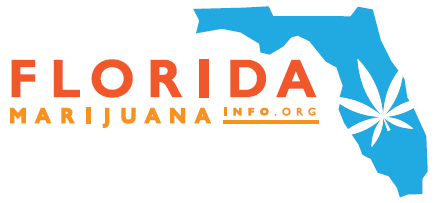Do you know what CBD is and what it can do for you?
Cannabis is made up of lots of different cannabinoids … over a hundred, in fact. Of them, the two you hear about most are THC and CBD. In today’s post we’re going to explain exactly what CBD is, and why you hear about it so much in the medical marijuana world.
How CBD Works
“CBD” is short for cannabidiol, and it is usually the second most densely concentrated cannabinoid in any given plant behind THC. Unlike THC, which is notorious for the symptoms that make up the “high” of cannabis, CBD is not psychoactive. So if you have a strain that is very high in CBD and very low in THC, you won’t get the euphoric or “trippy” feelings that people typically think of in connection with marijuana. CBD can cause you to feel very relaxed, even to the point of laziness and not wanting to move, a phenomenon frequently referred to as “couch lock.” It generally does not mess with your senses or cause you to become giggly or behave strangely, however.
In the past, plant strains tended to strongly emphasize THC over CBD for the recreational market. Now that there is a strong medical emphasis on marijuana use, however, you’ll see strains bred specifically to provide CBD with little to no THC. CBD has acquired a reputation as the “medicine” part of cannabis, but that’s not entirely accurate. While there are some specific symptoms it’s good for, THC is actually helpful for an even wider range. CBD is good when you have a symptom it is known to work well with, and when you want to avoid psychoactive effects, but it won’t magically provide the full range of different medical cannabis benefits you’ve heard about.
CBD is particularly useful for neuropathic pain, the kind caused by damage to nerve endings or diseases that is usually chronic and not reversible. It’s also generally the type that will be prescribed for psychiatric symptoms, since it doesn’t present the risk of causing or triggering psychotic symptoms that THC does. It has additionally shown promise in treating Chron’s disease and epilepsy.
The trouble is, medical science can’t study cannabis effectively enough to come to really strong conclusions due to legal restrictions on acquiring and using it. We know that CBD also seems to help a wide range of other symptoms, but we don’t know how much of that is in isolation or thanks to interaction with THC and the numerous other cannabinoids present in the typical marijuana plant. That’s why patients are usually encouraged to experiment with different strains to see what works for them, starting with previous medical studies and anecdotes from other patients as a base.
Is CBD Right For Me?
In general, it is very safe to experiment with a high CBD strain to see if it’s helpful to you. There are very few contraindications for any type of medical cannabis, but there are even less for strains that emphasize CBD as they don’t present the risk of psychotic triggers that THC does. Just be aware that the “CBD = the medicine in cannabis” idea that is being passed around in some places is an oversimplification. It takes all types of cannabinoids to heal, so consult with an expert to learn which strains are currently best supported by evidence for your condition.
The FDA of the United States considers hemp oil (and it’s derivative CBD) to be a dietary supplement (not a medication), since they are made from industrial hemp plants. If you live in the US, this means you don’t need a prescription and can legally purchase and consume Cannabidiol in any state.














 OMD Agency
OMD Agency
Recent Comments